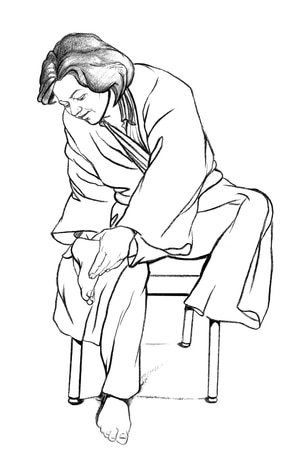A comprehensive map of cells from diabetic foot ulcers reveals factors critical for successful wound healing

Researchers used state-of-the-art technologies to develop a detailed and comprehensive view of diabetic foot ulcers (DFUs) at the cellular and molecular level and reveal elements that promote successful wound healing. DFUs are a devastating complication of diabetes with limited treatment options. Even though most foot ulcers heal with appropriate management, recurrence is common after initial healing and in worst cases leads to lower extremity amputations, significantly affecting quality of life and putting a huge financial burden on the health care system. Improved knowledge about how wound healing occurs in DFUs is needed to identify novel treatment approaches that promote healing in a timely manner and prevent further complications.
In new research, scientists used cutting-edge technologies to perform a large-scale single-cell analysis of over 174,000 cells from the foot, forearm, and blood to examine the cells from men and women with DFUs that healed within 12 weeks versus those with non-healing DFUs. They observed major differences in the types of cells found in different sites of the body and in different DFUs. Specifically, they discovered that a previously undescribed subset of fibroblast cells, which they called “HE-Fibros,” were abundant in wound beds of healing DFU samples. Found only in the foot, these unique cells promoted wound healing by firmly attaching to the structures between cells, remodeling those structures, and communicating with immune cells to promote inflammation associated with healing. In contrast, non-healing DFUs did not contain as many HE-Fibros and instead showed signs of dysregulated chronic inflammation associated with impaired healing. Additionally, healing DFUs and non-healing DFUs showed types of inflammation and immune signatures that were significantly distinct from each other. For instance, immune cells called M1 macrophages, which promote inflammation and wound healing, were largely present in healing wounds, whereas the majority of the macrophages found in non-healing wounds were M2 macrophages, which suppress inflammation.
Exactly how DFUs form and heal is still not completely understood, but these new data identify specific cells that are important for wound healing in DFUs and provide insights into the roles they play in inflammation, as well as how they might interact with other cells to encourage an environment favorable to wound healing. Further studies of these cellular and molecular signatures will not only help identify the “foot at risk” of chronic ulcers or amputations, but also provide a recipe for successful wound healing in DFUs, which may lead to new treatment approaches.
Theocharidis G, Thomas BE, Sarkar D,…Bhasin M. Single cell transcriptomic landscape of diabetic foot ulcers. Nat Commun 13: 181, 2022.
